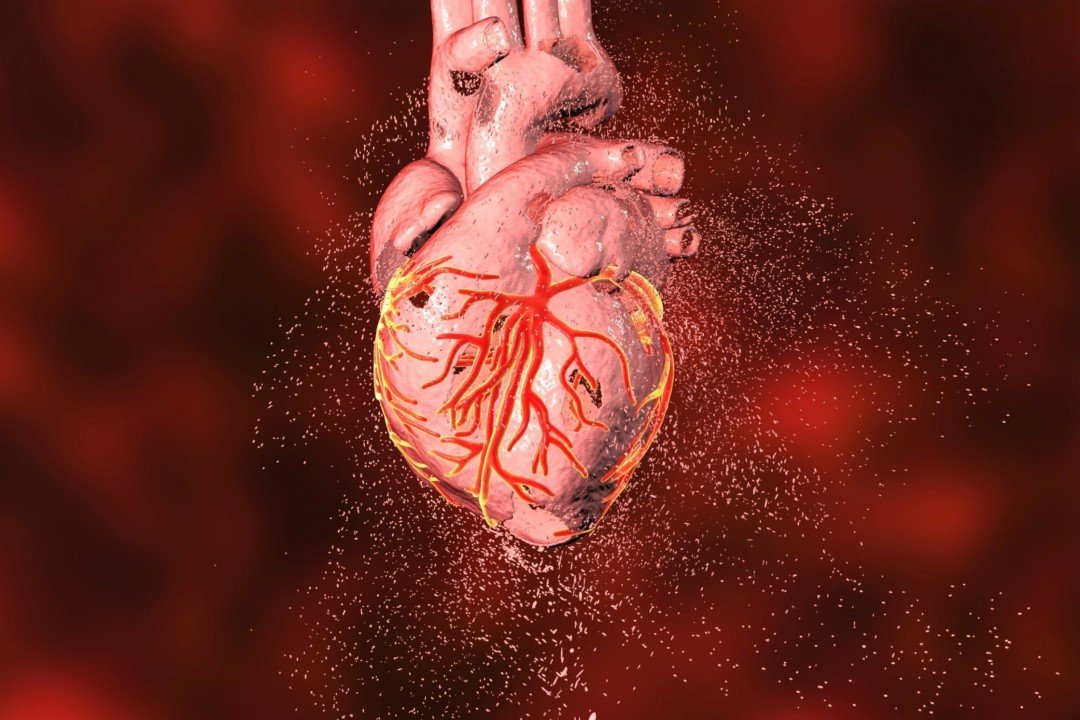
Related Article
Best Ways to Increase Heart Health
9 Food Ideas for a Healthy Heart
5 Factors That Lead to Increased Heart Attacks in Bodybuilders
Heart Attack vs Cardiac Arrest
ICMRS’ Big Revelation: Connecting the Dots Between COVID-19 and Heart Health
6 Yoga Poses for a Healthier Heart
Heart Health in the Digital Age: Facing the Alarming Reality
Understanding Heart Health: A Beginner’s Guide
Decoding Hearts: Unveiling Truths and Busting Myths
Heading Towards a Healthier Tomorrow with Portable ECG
Welcome to the fourth edition of The Rhythm Report!
In this edition, we delve into a topic that many find confusing: the difference between heart attack and heart failure. While both might sound like synonyms and both are concerned with the heart, their symptoms, causes and treatment are vastly different. Join us as we simplify these terms, ensuring that you are better informed and equipped to maintain a healthy heart.
A heart attack occurs when there is a sudden blockage of blood flow to a part of the heart muscle. This blockage is typically caused by a blood clot forming at the site of a plaque buildup in one of the coronary arteries responsible for supplying oxygen-rich blood to the heart muscle. The plaque consists of fatty deposits, cholesterol, and other substances that accumulate over time in the arterial walls.
The most common cause of a heart attack is atherosclerosis, a condition characterized by the buildup of fatty deposits called plaque within the coronary arteries. When the blood flow is compromised, the affected part of the heart muscle is deprived of oxygen and nutrients, and if the blockage is not rapidly treated, that section of the heart may become damaged or even die. The damage’s extent depends on the blocked artery’s size and the blockage’s duration.
The heart’s ability to pump blood may be temporarily affected during a heart attack, which can cause symptoms such as
- Severe chest pain or discomfort
- Pain or discomfort in the upper body, including the arms, neck, jaw and back
- Shortness of breath
- Nausea and vomiting
- Cold sweats
- Fatigue
Prompt medical attention is critical when a heart attack is suspected. The primary goal is to restore blood flow to the blocked artery as quickly as possible. Treatments may include medications to dissolve the clot (thrombolytics), angioplasty with stent placement to open the blocked artery, or coronary artery bypass surgery in more severe cases
Heart failure is a chronic condition characterized by the heart’s inability to pump blood effectively. It develops over time and can have various causes. The most common underlying conditions leading to heart failure include coronary artery disease, high blood pressure, previous heart attack, heart valve problems, cardiomyopathy (weakened heart muscle), congenital heart defects, and certain systemic diseases such as diabetes or thyroid disorders.
In heart failure, the heart becomes weakened or stiff, impairing its ability to pump blood efficiently. This leads to inadequate blood flow to the body’s organs and tissues. The heart tries to compensate by various mechanisms, including enlarging its chambers, increasing heart rate, and retaining fluid. However, these compensatory mechanisms can further strain the heart and worsen the condition.
- Shortness of breath
- Fatigue
- Fluid retention
- Rapid or irregular heartbeat
- Reduced exercise tolerance
Heart failure is typically managed through a combination of medications to improve symptoms, reduce fluid retention, and enhance heart function. Treatment may include diuretics, ACE inhibitors, beta-blockers, angiotensin receptor blockers (ARBs), aldosterone antagonists, and in some cases, medications called inotropes to strengthen the heart’s contractions.
To summarize, a heart attack is an acute event when there is a sudden blockage of blood flow to a part of the heart muscle, usually due to a clot formation at the site of a plaque buildup. On the other hand, heart failure is a chronic condition that develops over time, characterized by the heart’s inability to pump blood effectively. While a sudden interruption of blood flow typically causes a heart attack, heart failure is a progressive condition resulting from a weakened or stiff heart muscle. Both conditions require medical attention but have different causes, symptoms, treatment approaches, and long-term management strategies.
Related Article
Best Ways to Increase Heart Health
9 Food Ideas for a Healthy Heart
5 Factors That Lead to Increased Heart Attacks in Bodybuilders
Heart Attack vs Cardiac Arrest
ICMRS’ Big Revelation: Connecting the Dots Between COVID-19 and Heart Health
6 Yoga Poses for a Healthier Heart
Heart Health in the Digital Age: Facing the Alarming Reality
Understanding Heart Health: A Beginner’s Guide
Decoding Hearts: Unveiling Truths and Busting Myths
Heading Towards a Healthier Tomorrow with Portable ECG





